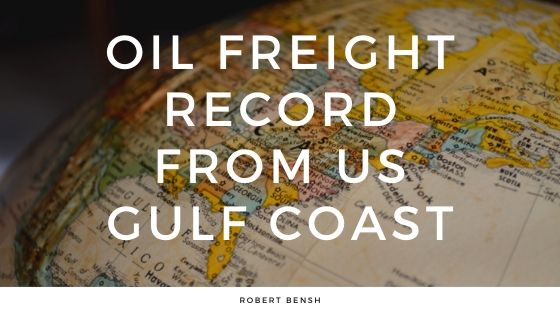New international oil shipping regulations and rising demand for crude in Europe and the Mediterranean drove oil freight rates up to record levels in late 2019, according to Reuters. US Gulf Coast Aframax crude tankers, which are medium-sized delivery ships, have been directly affected by these new rules. The uptick in price and demand coincides with new rules set by the International Maritime Organization (IMO), which works toward improving shipping safety and security for the United Nations.
Rising Rates for Aframax Tankers
Aframax tankers commanded a worldscale rate of $46,800 per day by the second week of December 2019, followed by a 30 percent hike the following week to $60,700 per day. The vessels can hold up to 700,000 barrels of oil.
IMO 2020 rules mandate that sulfur levels in fuel burning by ships must be capped for environmental protection. Rising demand paralleled a reduction in the number of Aframax tankers used for deliveries while driving up costs.
These conditions may lead to record output of 4 million barrels per day for US oil exports. The Energy Information Administration (EIA) reports that since the start of 2019, US crude oil exports climbed from about 2.065 million bpd to 3.633 bpd through the end of the year. The highs and lows both came in the summer.
IMO 2020 Details
The new regulations went into effect January 1, 2020 for global shipping. Some countries have delayed signing the IMO 2020, according to Bloomberg, such as Mexico, Venezuela and Thailand. Other countries have agreed to only partially comply with the new rules, which are expected to boost demand for low-sulfur crude. All exporting nations, though, must eventually comply or face penalties.
One of the new rules is that Aframax tankers are required to use fuel consisting of 0.5 percent of sulfur, a decrease from the previous 3.5 percent limit. If the ship, however, uses a scrubber that removes a majority of the fuel’s sulfur, it can still use high-sulfur fuel.
This sulphur reduction, which has been planned for over a decade, aims to help reduce air pollution and greenhouse gases, but may result in further shipping cost increases. Member states have planned for the new policy the past three years. Scientists say that sulphur emissions can lead to acid rain and other types of environmental damage.
